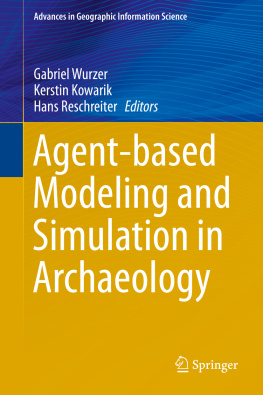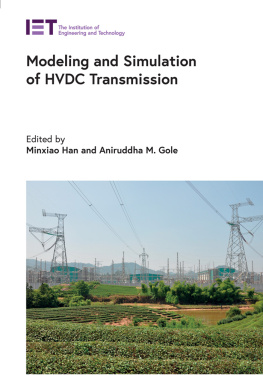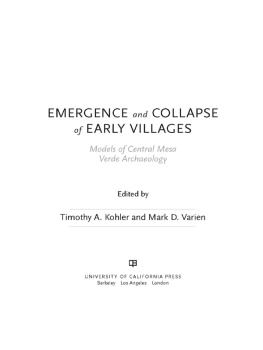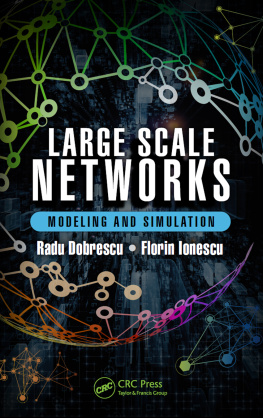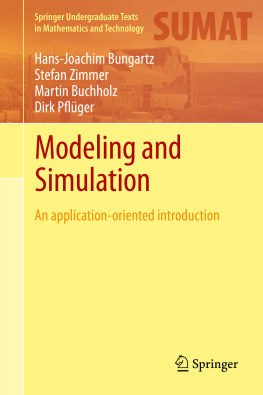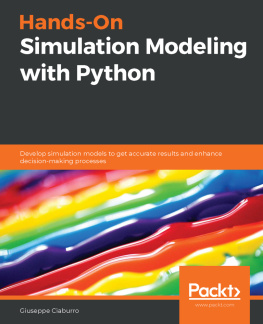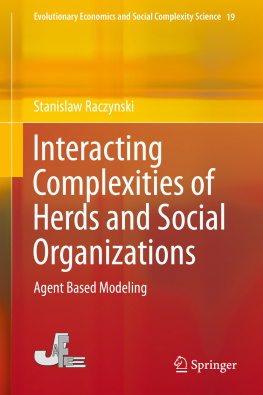1.1 Introduction
This chapter discusses some of the conceptual issues surrounding the use of agent-based modelling in archaeology. Specifically, it addresses three questions: Why use agent-based simulation? Does specifically agent-based simulation imply a particular view of the world? How do we learn by simulating? First, however, it will be useful to provide a brief introduction to agent-based simulation and how it relates to archaeological simulation more generally. Some readers may prefer to return to this chapter after having read a more detailed account of an exemplar (Chap. ). Textbooks on agent-based modelling include Grimm and Railsback [(2005) Individual-based modeling and ecology, Princeton University Press, Princeton] and Railsback and Grimm [(2012) Agent-based and individual-based modeling: a practical introduction, Princeton University Press, Princeton], both aimed at ecologists, the rather briefer [Gilbert (2008) Agent-based models. Quantitative applications in the social sciences, Sage, Thousand Oaks, CA], aimed at sociologists, and [Ferber (1999) Multi-agent systems: an introduction to distributed artificial intelligence, English edn. Addison-Wesley, Harlow], which treats agent-based simulation from the perspective of artificial intelligence and computer science.
1.2 Agent-Based Modelling in Archaeology
Agent-based modelling (ABM) is a method of computer simulation that is particularly well suited to exploring how the aggregate characteristics of some system arise from the behaviour of its parts. The parts in question are modelled as agents, that is, units which have causal efficacy and can reasonably be treated as individuals in the sense that they act as cohesive wholes in respect of the particular research problem. Agents are usually situated in an artificial environment and their behaviour is governed by rules which specify how they respond to the content of that environment and possibly also the behaviour of other agents (Epstein and Axtell , p. 5).
The well known Long House Valley agent-based model (chapter for a popular account) illustrates the paradigmatic features of a typical agent-based model. The Long House Valley ABM was built to explore the relationship between climatically determined resource availability, settlement location and population growth in Long House Valley, Arizona in the period ad 4001450. In this example the agents are individual Puebloan households, each of which use rules to choose where to settle in Long House Valley in order to grow sufficient maize to survive. The maize-growing potential for each hectare in the valley was inferred from painstaking palaeoenvironmental research and is input into the model for every year from ad 400 to 1450. When the simulation is run, growth of a household and/or environmental degradation can lead to fissioning or wholesale relocation of that settlement. In this way, repeated individual household decision-making and reproduction produces a changing macro-level settlement pattern and population size, both of which could be compared with the archaeological evidence. After experimenting with different assumptions concerning the productivity of prehistoric maize and the fertility and longevity of households, the authors concluded that climate change alone is insufficient to explain the eventual abandonment of Long House Valley.
The Long House Valley agents fulfil the standard textbook requirement (e.g. Ferber ) model of the extent to which achieving a high degree of adaption to the environment can be detrimental in the long term.
As well as making agents more human-like, it is also possible to extend a paradigmatic agent-based model by explicitly modelling feedback between agent behaviour and the properties of the environment in which the agents are situated. In a very simple agent-based model the environment might be completely unchanging. This was not the case in the Long House Valley model, since that model explicitly included external environmental forcing by altering the maize yield over time in accordance with the palaeoclimatic reconstruction. Other archaeological agent-based models make the environment even more dynamic by, for example, explicitly modelling resource degradation as a result of agent activity. One of the first models to achieve this was the first (mid 1990s) version of Kohler et als Village ABM, which explicitly incorporated reduced yields from continued farming ().
I have recently provided an up-to-date review of the use of computer simulation in archaeology (Lake , p. 11), but they also note the potential advantage that the worst mistakes have been made and corrected (ibid.). This, of course, will only be true if new modellers drawn in by ever more user-friendly software make the effort to acquaint themselves with earlier agent-based models and avoid naively re-inventing the wheel.
The second point that can be drawn from my review of archaeological simulation is that, although something like agent-based modelling has been used in archaeology for 40 years, there has unquestionably been an explosion of interest in the technique since the turn of the millennium. Kohler and Gumermans ().
A final point to make about the status of agent-based modelling in archaeology is that it can now be argued to have acquired a degree of methodological maturity (Lake , p. 34) referred to as output utility). That said, it is also clear that agent-based modelling is by no means evenly distributed across all areas of archaeological enquiry, but is largely concentrated in the study of human evolution, evolutionary archaeology and the aforementioned area of socionatural studies. Furthermore, these areas are in turn differentiated by the extent to which they favour relatively simple models offering a high level of abstraction (typical of human evolution and evolutionary archaeology) or more complex models offering greater realism (typical of socionatural studies), an issue to which I will return.
1.3 Why Agent-Based Modelling?
As just discussed, there has been a resurgence of interest in the application of computer simulation to archaeological problems, and agent-based models account for over half of all archaeological computer simulation undertaken in the new millennium. Even if this burgeoning activity reflects increased acceptance of the general case for using computer simulationof whatever kindin archaeology, it is very likely to have been triggered by the conceptual accessibility of agent-based modelling and/or the sense that agent-based modelling is part of a scientific paradigm that aligns well with contemporary archaeological interests. Each of these reasons for the growth of agent-based modelling is discussed in turn.
1.3.1 The General Case for Computer Simulation in Archaeology
The case for using computer simulation in archaeology has been well-rehearsed (e.g. initially in Doran ()) and has four main strands: enforcing conceptual clarity in the interest of doing science, helping understand how things change, helping infer past behaviour from a static archaeological record, and testing other quantitative methods.
The case for computer simulation starts with the observation that archaeologists routinely build models, that is pieces of machinery that relate observations to theoretical ideas (Clarke .

